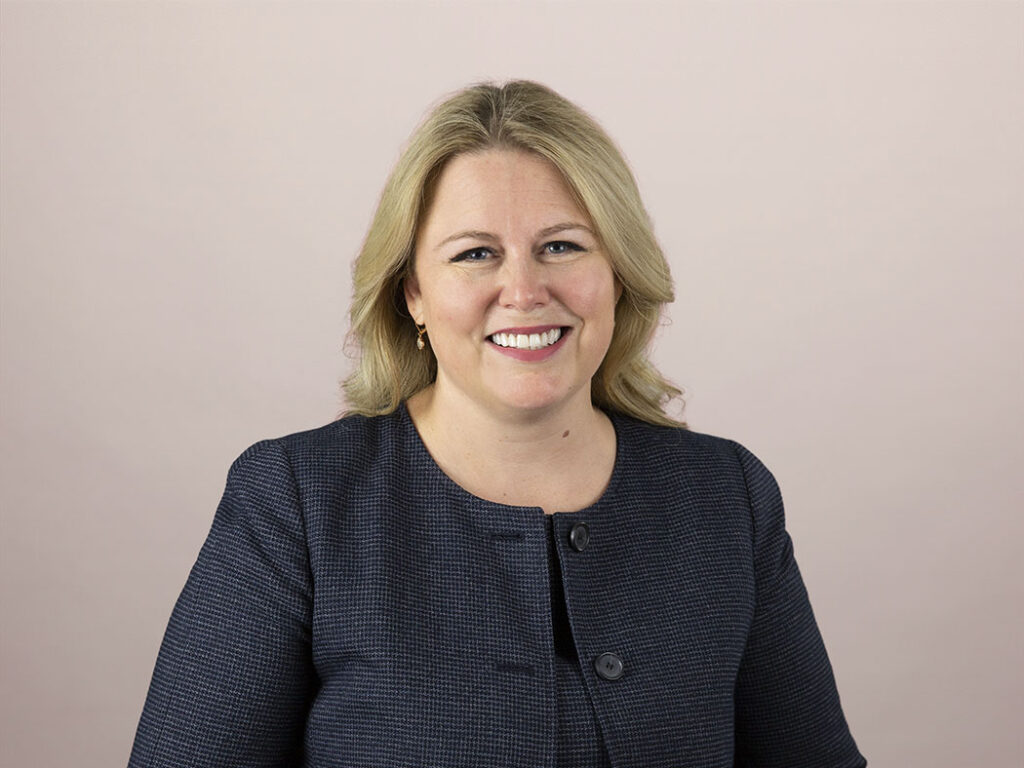Predictions 2025: Banks Must Innovate To Reverse The Double Whammy Of Declining CX And Profitability
Banks need to get ready for a major challenge in 2025: a simultaneous decline in customer experience (CX) and worsening profitability. But fear not, because there is a solution to this double whammy: innovation.
After a turbulent 2023 marked by three bank failures, we saw more stability in 2024, if not exorbitant returns. Larger institutions were able to bolster narrowing net interest margins with investment banking and wealth management fees, but no one expects profits to return to 2022 and 2023 levels. 2024 also saw bank CX quality decline: US banking CX quality fell for the third year in a row, Australia banking CX quality was the lowest ever, and banking CX quality in the EU dropped significantly from 2023. This matters, because as CX quality declines, so does customer loyalty.
Banking executives must step up their game on product and service innovation, particularly in the areas of conversational banking and deposit offerings, if they want to stay competitive and earn customer loyalty. It won’t be an easy ride, as legacy infrastructures and vexatious regulatory compliance issues will put a damper on the innovation party. But with determination, strategic thinking, and investments in next-generation digital platforms, banks can overcome these obstacles and pave the way for a more innovative and customer-centric banking experience.
In 2025, we foresee that:
- Conversational banking will finally take off. 2025 will be a breakthrough year for conversational banking: Leaders will use AI capabilities to make their in-app bots smarter and more useful to customers. Features such as helping customers navigate the app, providing assistance, and offering personalized financial guidance will become more common. Banks will need to design their conversational assistants well, implement AI governance, and invest in rearchitecting their conversational AI systems to mitigate implementation risks.
- Deposit innovation will emerge, by way of “save now, pay later.” The adoption of “save now, pay later” (SNPL), also known as “save now, buy later,” has been growing in countries like India, offering customers an alternative way to earn returns on their savings. Its uptake in Western markets has been limited so far, however. We anticipate that Klarna’s new SNPL offering will inspire other companies with robust merchant ecosystems to introduce SNPL options in Western markets. With intense competition for customers’ savings, banks must innovate and explore new solutions to provide economic value. Failing to do so could lead to being left behind, as we’ve seen with the “buy now, pay later” trend.
- Real-time processing will become the norm but won’t drive innovation on its own. By 2025, real-time processing will be the default worldwide for financial transactions such as payments, funding, open banking, fraud assessment, and cross-border money movement, but its widespread adoption won’t immediately lead to innovative products and CX improvements. Financial institutions need to prioritize the development of value-added products and services on top of real-time infrastructure to meet customer expectations, gain a competitive edge, and shape the future of real-time processing.
Read our full Predictions 2025: Banking report to get more detail about each of these predictions and read additional predictions. Set up a Forrester inquiry or guidance session to discuss these predictions or plan out your 2025 strategy.
If you aren’t yet a client, you can download our complimentary Predictions guides, which cover more of our top predictions for 2025. Get additional complimentary resources, including webinars, on the Predictions 2025 hub.
